|
"The sound of water gently splashing down a tiered water fountain is relaxing. It hides the noise of neighbors and the hustle and bustle from the street. No Mediterranean garden, or hacienda courtyard, would seem complete without a tiered fountain. Adding the color and scent of flowers adds two more dimensions to your enjoyment. Echo the tiers of the fountain by arranging the flowers around the fountain in tiers.
1.) Draw a circle around the fountain's base to serve as a guide for the flower bed. Tie a string loosely around the base of the fountain with one long end free. The long end should be the radius of the circle you'll be making around the fountain. For example, if you want the flower bed to be 6 feet across, the string should be 3 feet long. 2.) Tie a stake to the free end of the string. Swing the string around the fountain, dragging the stake in the ground, marking a circle. Think of the compass you used to use to make perfect circles in school. The tied end should move as you move around the fountain. It shouldn't wrap around the base. 3.) Dig the ground within the circle until it's loose and friable. Break up any clods. Remove rocks and debris. Add soil amendments. Exactly what you add depends on the type of soil. Clay and sandy soil require organic matter to break up the clay and to stop water draining too quickly through the sandy soil. Add slow-release fertilizer per label directions. Rake the ground level. Edge the bed with a border of stone or bricks that match the fountain. 4.) Plant flowers that grow as tall as the first tier around the base of the fountain. Leave two empty spaces on opposite sides of the fountain. If that first tier is 3 feet off the ground, then good choices include African marigolds (Tagetes erecta), zinnias (Zinnia elegans) or geraniums (Pelargonium x hortorum). 5.) Plant flowers that grow about half as high as the base around the taller flowers in the middle of the circle. Good choices include candytuft, French marigolds (Tagetes patula) and petunias (Petunia x hybrida). 6.) Plant short-spreading flowers at the outer edge of the circle, up to the stone or brick border. Good choices include sweet alyssum (Lobularia maritima), lobelia (Lobelia erinus) and moss roses (Portulaca grandiflora). 7.) Tuck two vining flowers on either side of the fountain in the empty spaces you left. These will twine around the tiers as they grow. Try black-eyed Susan vine (Thunbergia alata), clematis (Clematis spp.) or jasmine (Jasminum spp.). 8.) Float the flower heads of roses, camellias or peonies in the first basin for special occasions". Reference:Rosehill, Katie. "Home Guides." Home Guides. SFGate.com/Demand Media, n.d. Web. 28 Feb. 2014. <http://homeguides.sfgate.com/decorate-tiered-water-fountain-flowers-38737.html>.
0 Comments
"Statues have been created by man since the prehistory for all kinds of reasons and in all sizes. One of the first statues, a 29.6 cm (11.7 inches) high sculpture called the Lion Man, was created almost 32,000 years ago. The original Seven Wonders of the World included two statues: The Colossus of Rhodes and the Statue of Zeus at Olympia. Today, statues have been erected all over the world representing everything from religious deities, historical events and influential people. The famous statues in our list were are all intended to stand outside to face the elements, though some have been moved to a museum since their creation. Little Mermaid The statue of The Little Mermaid sits on a rock in the Copenhagen harbor at Langelinie in Denmark. Tourists visiting for the first time are often surprised by the relatively small size of the statue. The Little Mermaid statue is only 1.25 meters high and weighs around 175 kg. Designed by Edvard Eriksen, the statue was erected in 1913 to commemorate a play of the Little mermaid. The poor lady has lost her head several times but has each time been restored. Copenhagen officials announced that the statue may be moved further out in the harbour, as to avoid further vandalism and to prevent tourists from climbing onto it. Explore Denmark Lions of Delos Located near Mykonos, the island of Delos is one of the most important mythological, historical and archaeological sites in Greece. Delos had a position as a holy sanctuary for a millennium before Olympian Greek mythology made it the birthplace of Apollo and Artemis. The Terrace of the Lions was dedicated to Apollo by the people of Naxos shortly before 600 BC and had originally 9 to 12 marble guardian lions along the Sacred Way. Only 5 lions survived and from 3 lions fragments exists. The weather-battered originals were moved to the Archaeological Museum of Delos in 1999. Explore Greece Mother Russia Statue The Mother Russia statue, also called The Motherland Calls, is a famous statue in Mamayev Kurgan in Volgograd, Russia commemorating the Battle of Stalingrad. When the memorial was dedicated in 1967 it was the tallest sculpture in the world, measuring 85 meters (279 feet) from the tip of its sword to the top of the plinth. The figure itself measures 52 metres (170 feet), and the sword 33 metres (108 feet). Two hundred steps, symbolizing the 200 days of the Battle of Stalingrad, lead from the bottom of the hill to the monument. The statue is currently leaning due to groundwater level changes causing movement of the foundations. Explore Russia Olmec Heads The Olmec were an ancient Pre-Columbian civilization living in the tropical lowlands of south-central Mexico, in what are roughly the modern-day states of Veracruz and Tabasco. The Olmec civilization flourished roughly from 1400 BC to about 400 BC. The most recognized aspect of the Olmec civilization are the enormous helmeted heads. The heads are thought to be portraits of rulers, perhaps dressed as ballplayers. No two heads are alike and the helmet-like headdresses are adorned with distinctive elements. There have been 17 colossal heads unearthed to date. The heads range in size from the Rancho La Cobata head, at 3.4 m high, to the pair at Tres Zapotes, at 1.47 m. Explore Mexico Mount Nemrut Nemrut is a 2,134 meter (7,001 ft) high mountain in southeastern Turkey, near the city of Adiyaman. In 62 BC, King Antiochus I Theos of Commagene built on the mountain top a tomb-sanctuary flanked by huge statues (8–9 m/26–30 ft high) of himself, two lions, two eagles and various Greek, and Persian gods. Since their erection, the heads have toppled from the bodies and lay scattered throughout the site. The summit of Mount Nemrut provides a great view of the surrounding mountains. The main attraction is to watch the sunrise from the eastern terrace which give the bodyless heads a beautiful orange hue and adds to the sense of mystery of the place. Explore Turkey David Statue David is a masterpiece of Renaissance sculpture sculpted by Michelangelo from 1501 to 1504. The 5.17 meter (17 ft) marble statue portrays the Biblical King David in the nude. Unlike previous depictions of David which portray the hero after his victory over Goliath, Michelangelo chose to represent David before the fight contemplating the battle yet to come. To protect it from damage, the famous statue was moved in 1873 to the Accademia Gallery in Florence in Italy, where it attracts many visitors. A replica was placed in the Piazza della Signoria, at the original location. Explore Italy Great Sphinx Located at the Giza Plateau near Cairo in Egypt, The Great Sphinx is one of the largest and oldest statues in the world, but basic facts about it, such as who was the model for the face, when it was built, and by whom, are still debated. It is the largest monolith statue in the world although it is considerably smaller than the Pyramids around it. Despite conflicting evidence and viewpoints over the years, the traditional view held by modern Egyptologists at large remains that the Great Sphinx was built in approximately 2500 BC by the pharaoh Khafre, the supposed builder of the second pyramid at Giza. Explore Egypt Statue of Liberty The Statue of Liberty, a gift from the people of France to celebrate the centennial of the signing of the United States Declaration of Independence, stands upon Liberty Island and is one of the most famous symbols in the world. It represents a woman wearing a stola, a radiant crown and sandals, trampling a broken chain, carrying a torch in her raised right hand and a tabula ansata tablet. The construction of the statue was completed in France in July 1884 and arrived in New York the following year. From 1886 until the jet age, it was often one of the first glimpses of the United States for millions of immigrants. Explore United States Explore Statue of Liberty Christ the Redeemer Christ the Redeemer is a statue of Jesus Christ in Rio de Janeiro, Brazil. Located at the peak of the 700 meters (2,300 ft) Corcovado mountain, it provides a sweeping panorama from the interior of Guanabara bay to the north, to Lagoa Rodrigo de Freitas to the south. The statue stands 39.6 meters (130 ft) tall, including its 9.5 meters (31 ft) pedestal, and 30 meters (98 ft) wide. It is one of the tallest of its kind in the world though the statue of Cristo de la Concordia in Bolivia, is slightly taller. A symbol of Christianity, the famous statue has become an icon of Rio and Brazil. Explore Brazil Explore Christ the Redeemer Moai The world famous moai are monolithic statues located on Easter Island, one of the most isolated islands on Earth. The famous statues were carved by the Polynesian colonizers of the island, mostly between circa 1250 AD and 1500 AD. In addition to representing deceased ancestors, the moai may also have been regarded as the embodiment of powerful living or former chiefs. The tallest moai erected, called Paro, was almost 10 meters (33 ft) high and weighed 75 tonnes. The heaviest erected was a shorter but squatter moai weighing 86 tons and one unfinished sculpture, if completed, would have been approximately 21 meters (69 ft) tall with a weight of about 270 tons. The statues were till standing when Europeans first visited the island, but most would be cast down during later conflicts between clans. Today about 50 moai have been re-erected on Easter Island or museums elsewhere". Explore Chile Explore Easter Island Reference:
"10 World Famous Statues." Touropia. Touropia.com, 21 Jan. 2014. Web. 27 Feb. 2014 http://www.touropia.com/world-famous-statues/". "Each year, more than 4 million people come to New Orleans from around the world to be part of what is often billed as the "greatest free party on Earth" -- Mardi Gras! Mardi Gras, also called Carnival in some countries, is celebrated internationally. We're going to focus here on the festivities in New Orleans, Louisiana. Beginning in January, the city of New Orleans starts a variety of festivities that culminate with Mardi Gras Day, or Fat Tuesday -- the day before Ash Wednesday and Lent. For about two weeks before Fat Tuesday, residents and visitors alike enjoy dozens of parades with imaginative floats bearing costumed party-goers, who toss colored beads and other trinkets into the cheering crowds. The parties continue into the night as revelers seek out distinctive "Nawlins" music as well as Cajun and Creole food. Most of us have heard of New Orleans' famous French Quarter, but many of us have no idea what Mardi Gras celebrates. In this article, we'll take a closer look at the origins and traditions of Mardi Gras. We'll also look at some ways to enjoy Mardi Gras both in New Orleans and at home". Reference:
"How Mardi Gras Works." HowStuffWorks. Howstuffworks.com, n.d. Web. 26 Feb. 2014. <http://people.howstuffworks.com/culture-traditions/holidays/mardi-gras.htm>. 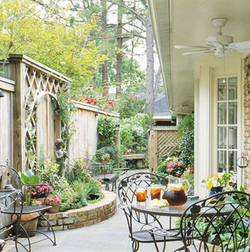 Lovely Courtyard Patio "The side yard of this home provides the perfect opportunity to turn a nondescript space into a well-used piece of the outdoors. Before the addition of a classic patio and fence, just a 10-foot-wide strip separated the couple's home from the neighbor's driveway. Today, that space is filled with a breakfast nook, pond, and fountain. Landscape architect James Furr's plans turned the stretch into a classically themed courtyard. To enclose the space, a 7-foot-high fence lines the neighbor's driveway, while a brick wall faces the front yard. At the rear of the courtyard, latticework and a gate open to the backyard. Two sets of French doors--one in the breakfast nook and the other in the dining room--were added to the side of the house. 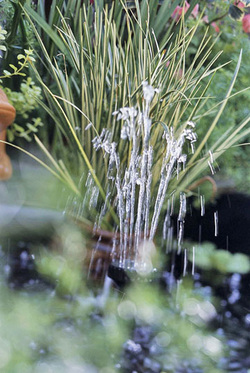 Fountain Feature The homeowners added a pond and fountain to their outdoor room. The fountain acts as a beautiful focal point and also provides soothing sounds for lazy afternoons. 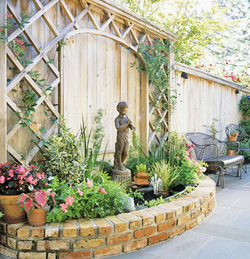 Raised Flowerbeds Raised flowerbeds add seating and relieve the monotony of the long, narrow space. 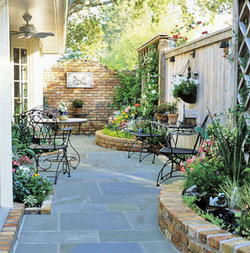 Garden Courtyard Blooming vines trail latticework behind each semicircular raised bed. The arch on the brick wall mimics the shape of the beds and gives the outdoor space a sense of continuity. Large, light-color Spanish flagstone is laid in an irregular pattern. Its mortared surface eliminates the need for weeding, so cleaning is a snap with a broom or hose. 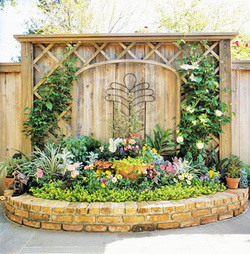 Finish with Flowers Black metal artwork adds a focal point and breaks up the courtyard wall's expanse. Instead of an overhead arbor, sun-loving clematis and honeysuckle climb trellises. Colorful blooms fill the bed and additional pots". Reference:
"Patio Tour: Classic Courtyard with Pond and Fountain." Better Homes & Gardens. BHG.com, n.d. Web. 26 Feb. 2014. <http://www.bhg.com/home-improvement/patio/designs/patio-classic-courtyard-pond-fountain/#page=1>. 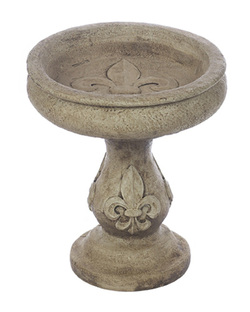 "There are many types of birdbaths to choose from, and both birders and gardeners should carefully consider many factors about design, construction and convenience before they choose a birdbath. By making a careful choice, the birdbath you select is sure to attract a wide range of beautiful bird species to your backyard. Considerations for Choosing a Birdbath When deciding between different birdbaths, consider…
There may not be any one birdbath that is perfect for your backyard or garden. Many birders have several birdbaths of different sizes, styles and heights scattered throughout their yards to offer a greater range of drinking options for the birds. Some birders also rotate birdbaths throughout the year, using heated models during the winter and solar birdbath fountains during the summer in order to attract the most birds. Whatever types of birdbaths you choose, if you have carefully considered the options with your budget, garden, style preferences and birds in mind, it will be a great choice to bring thirsty birds to your backyard". Reference:
Mayntz, Melisssa. "How to Choose a Birdbath." About.com Birding / Wild Birds. About.com, n.d. Web. 25 Feb. 2014. <http://birding.about.com/od/birdingsupplies/a/choosebirdbath.htm>. "One of the most if not the most emblematic symbols of laica Rome is the fountain of Trevi. It has been photograph by millions and I am sure plenty here in VT. I came early to avoid the crowd and saw the cleaning of the fountain and collection of coins by the municipal workers. Then came back in the afternoon to see the fountain filled with water. Both times, there were hordes of people waiting around it, like a magnet. Its really a small place the facade of a building and the fountain is not really big by my standards but its beautifically architecturally stunning, and worth the visit. A bit of history A fountain was built in 19 BC by Marco Vipsiano Agrippa, she brought the Virgin water to supply the baths he built the pantheon.The water was described as Virgin in tribute to a girl that would have indicated the source a to the thirsty soldiers. In 1453 Pope Nicola V built the fountain of Battista Alberti in the district "of Trejo", which became "Trevi".The fountain was important for the city which was used to have spring water after using water from the Tiber River for centuries. Three centuries later, Pope Clement XII decided to transform it by organizing a contest where he invited the best artists of the time.The challenge was to adorn Rome of a grandiose work and provide him with much of its drinking water. Among the sketches, that of the Roman Nicolò Bianco was chosen. The construction of the fountain lasted 23 years.The triumphal arch is surmounted by a penthouse on which dominate the arms of Pope Clement XII. In the centre, on a rocky base, the statue of the Ocean is on a shell cart dragged by two sea horses guided by tritons.The horses represent the sea rough and calm.The two statues alongside Ocean represent health and prosperity, referring to the beneficial effects of pure water.The bas-reliefs that dominate recall the project of the aqueduct of Agrippa and the legend of the Virgin that indicate the source to the Romans". Reference:
Gwened. "Trevi Fountain, Rome." VirtualTourist.com. Virtual Tourist, 26 Aug. 2013. Web. 24 Feb. 2014. <http://www.virtualtourist.com/travel/Europe/Italy/Lazio/Rome-144659/Things_To_Do-Rome-Trevi_Fountain-BR-1.html>.
Reference:"How to Install a Garden Fountain." This Old House. Thisoldhouse.com, n.d. Web. 23 Feb. 2014. <http://www.thisoldhouse.com/toh/video/0%2C%2C20300309%2C00.html>.
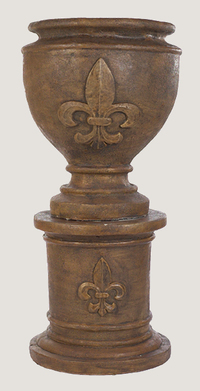 "Concrete planters efficiently present colorful flowers in areas of your yard or garden. The large and cumbersome planters may not be the most attractive pieces in your landscaping, though, especially when they become worn or weathered. Give old concrete planters new life by painting them with a product made specifically for concrete. Prepare your planters by cleaning them, and then treat the interior with a water sealant made for concrete. After you're done painting, protect the paint job from fading, chipping and peeling with a water sealant or topcoat.
Hammered Metal Look Turn your plain concrete planters into shiny focal points in your garden with metallic or hammered metal-look spray paint for masonry. Prepare the surface of your concrete planter with a water sealant inside first, to protect the paint job from deterioration. Spray the paint onto a clean pot surface in several light layers, until you achieve the right color and coverage. Top off your handiwork with another coat of water-sealant spray, and you have created an expensive-looking planter from your cast-off concrete eyesore to fill with colorful flowers. Age It With Stain Updating your concrete planters doesn’t limit you to using only colored paint. Stain applied to concrete results in a rich, textured and aged planter that draws the eye and resembles vintage or heirloom pottery. Lightly sand the surface of the concrete planter and seal the inside with the water sealant. Apply any color of stain liberally with a cloth or old brush by dabbing the stain on and rubbing it into the surface. The stain will go on unevenly, so start at the top, going around the rim, and work your way down. Allow it to dry and keep adding stain until you are satisfied with the results. Spray the planter with a sealant. Artsy Expressionist You can buy a specially formulated acrylic paint made to withstand outdoor weather conditions. It can be applied to concrete, making it an ideal medium to use for an artistically updated concrete planter. Use this “patio paint” to reproduce your favorite fine art masterpiece, create an original impressionistic design, or paint portraits of family members or beloved flowers on your planters. The paint is water- and weather-resistant and resists cracking, so no further prep is needed. Stencils You'll find stencils in almost any decorative shape, including leaves, flower blooms, birds and letters to spell names or create monograms. When used with masonry spray paint on your concrete planters, stencils can quickly turn a utilitarian pot into a custom planter. Prepare your planter by cleaning it, and spraying the inside with the water sealant, then spray paint the entire planter with a base color. Lay the stencil over the pot surface and tape in place using blue painter's tape. Cover the rest of the planter with newspaper to protect it from overspray, and then spray the stencil lightly. Remove the stencil and repeat to create a design". Reference: Steinbach, Diane. "Home Guides." Home Guides How to Paint Concrete Planters. SF Gate/ Demand Media, n.d. Web. 22 Feb. 2014. <http://homeguides.sfgate.com/paint-concrete-planters-41784.html>. 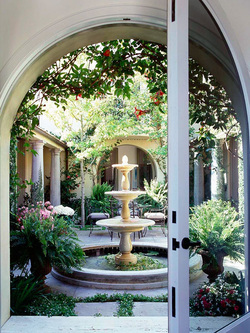 Three-Tier Outdoor Fountain To make your fountain the focal point of the patio, a tiered model is ideal. Here, the Spanish-style patio is focused on the white marble fountain. Potted ferns and hydrangeas give the area life and soften the formal symmetry of the patio. With a tiered fountain, water softly flows downward, making a soothing sound. 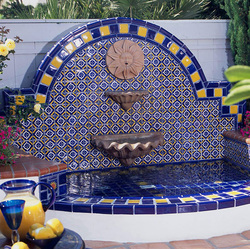
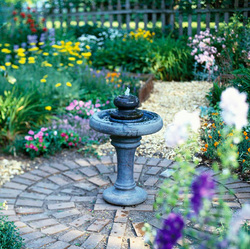
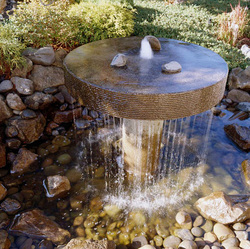
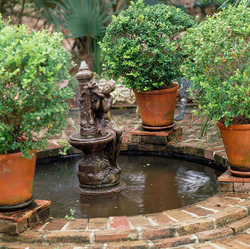
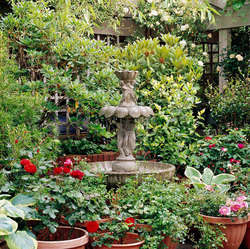
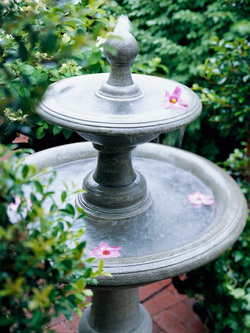 Concrete Fountain to Withstand the Elements Fountains made from concrete, such as this tiered variety, easily withstand the elements and can be found in a plethora of sizes to ensure that it will fit in your landscape. 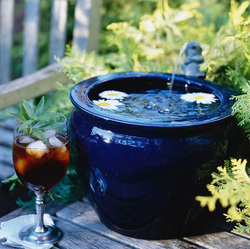
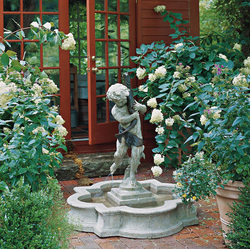
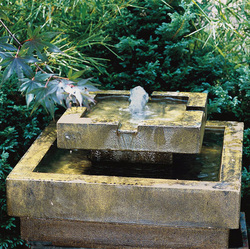
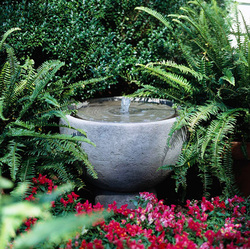
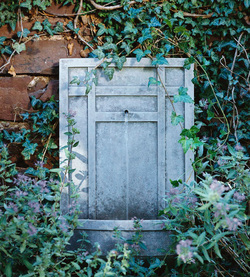
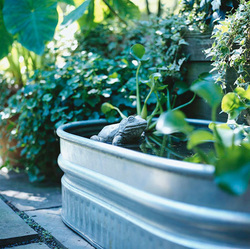
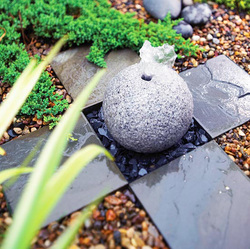
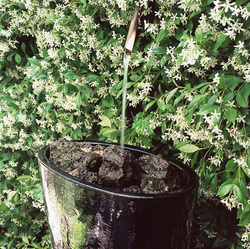
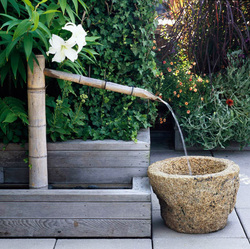
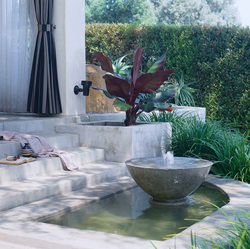
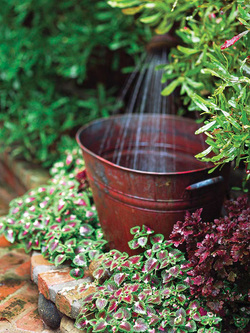
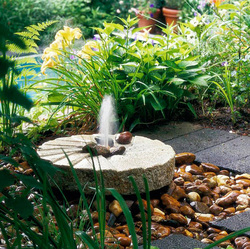
Reference:"Outdoor Fountain Ideas." Better Homes & Gardens. HBGH.cm, n.d. Web. 21 Feb. 2014. <http://www.bhg.com/gardening/landscaping-projects/water-gardens/outdoor-fountain-ideas/>.
|
AuthorArchives
January 2016
Categories
All
|
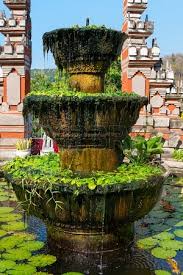
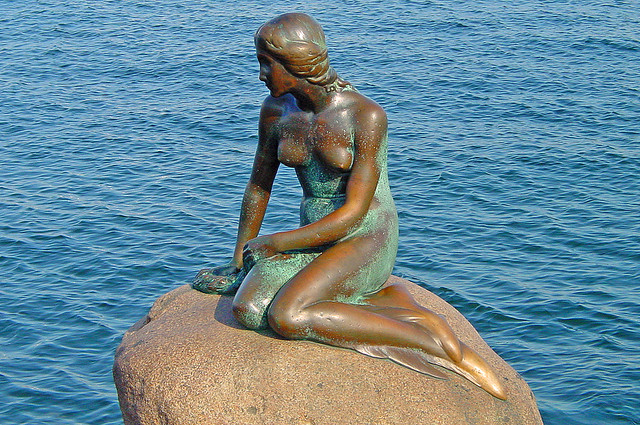
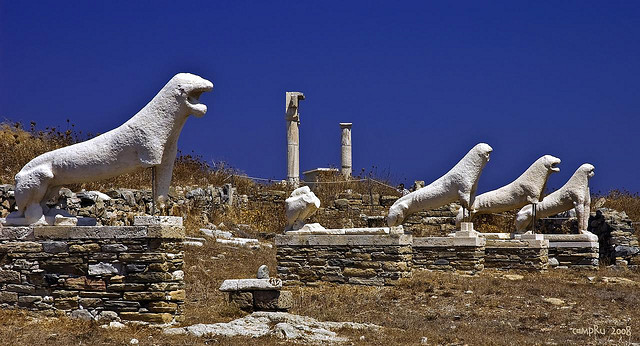
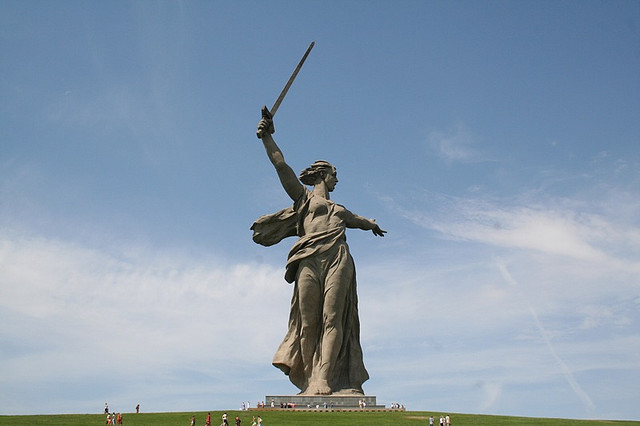
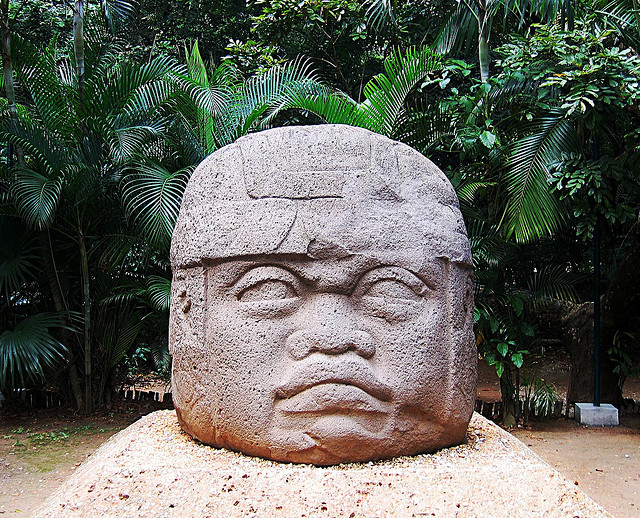
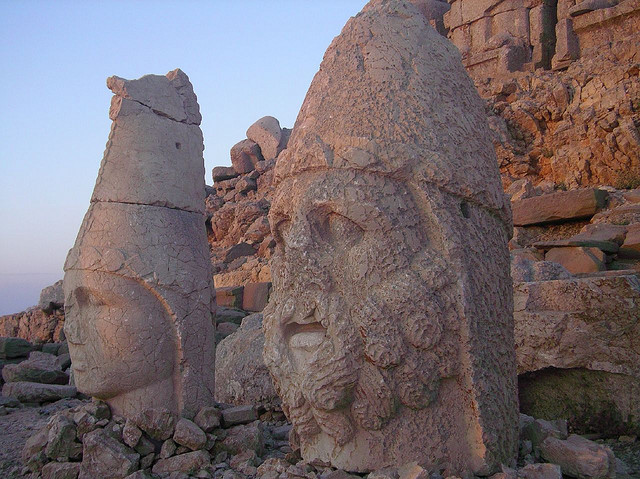
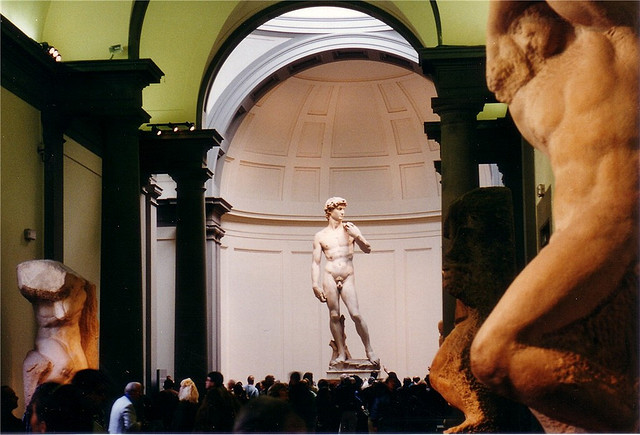
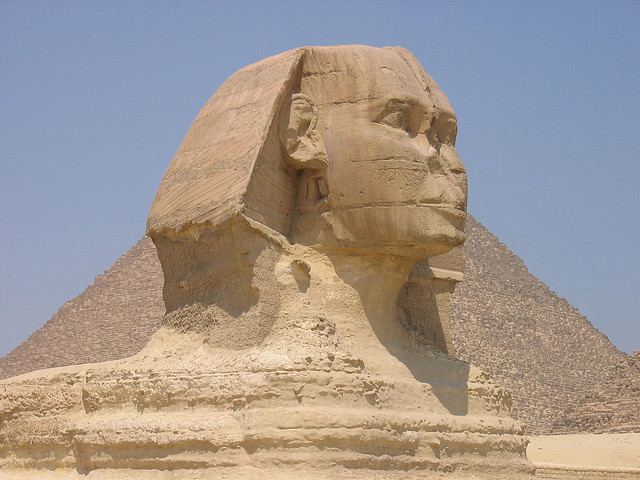
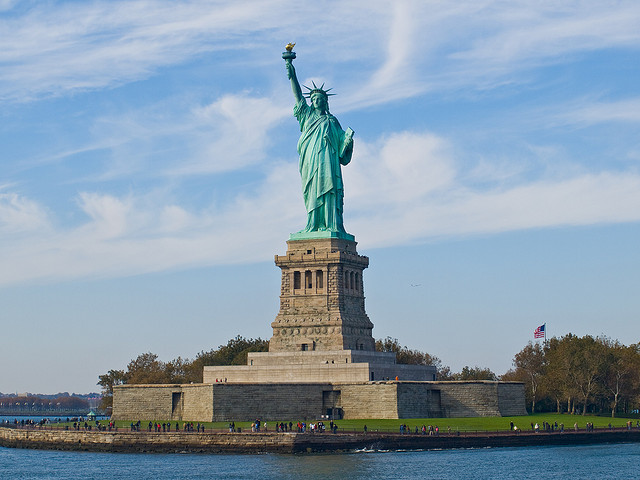
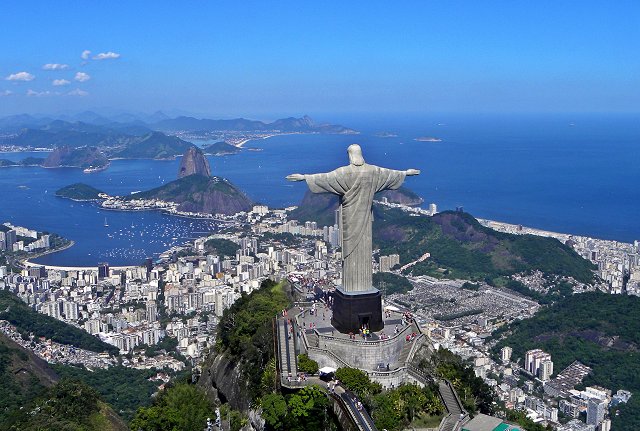
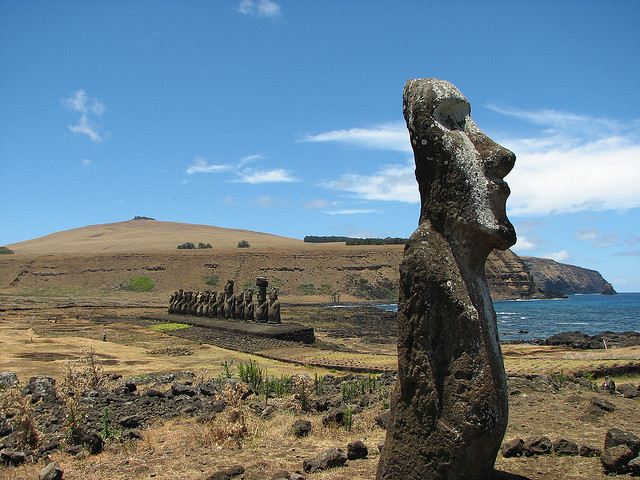
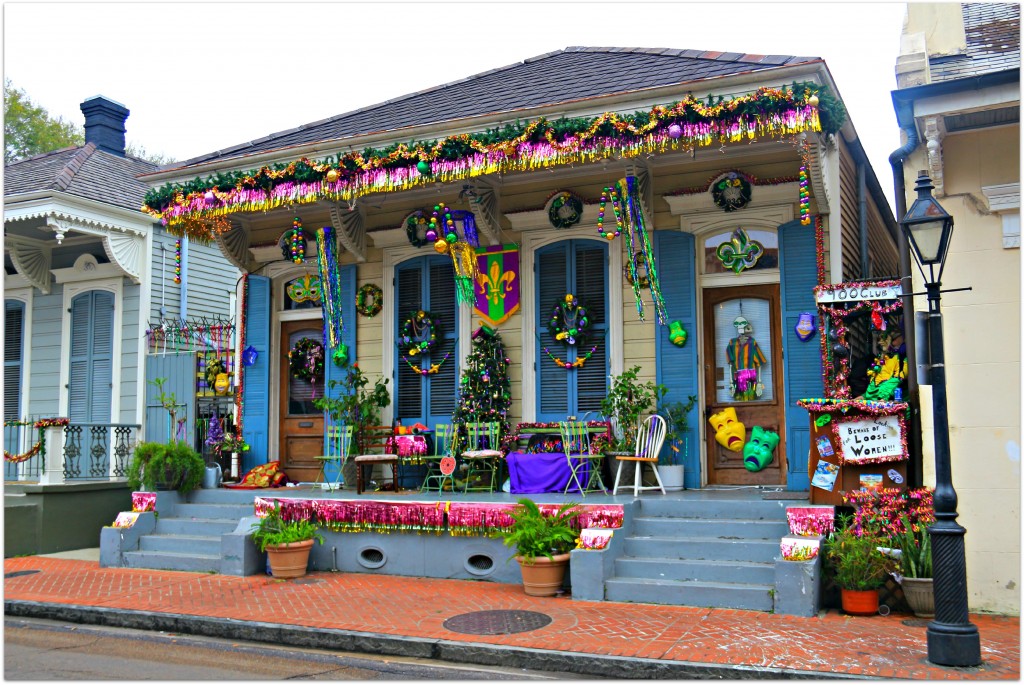
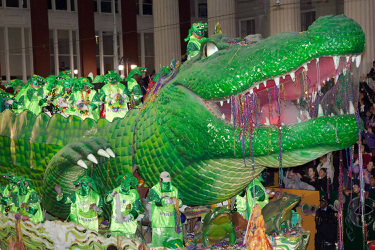
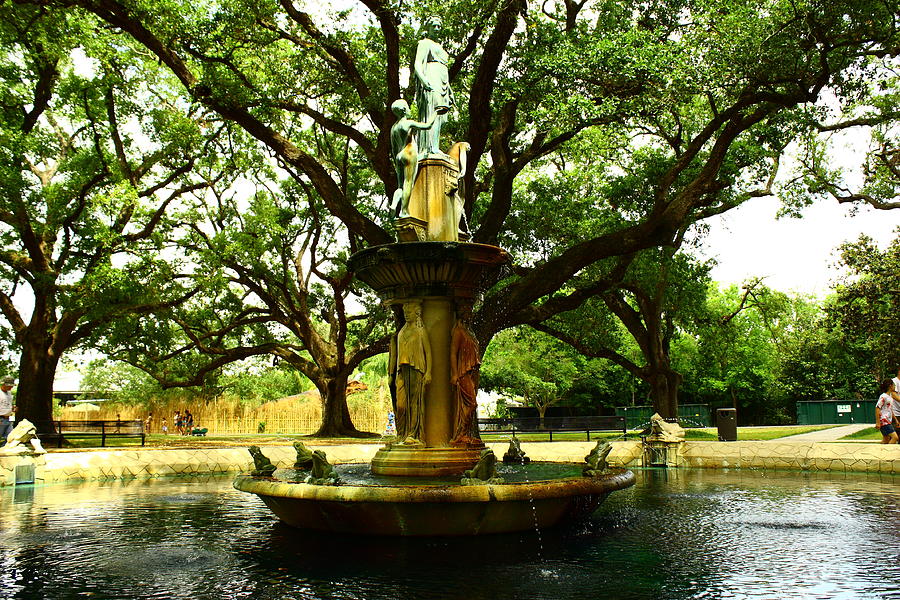
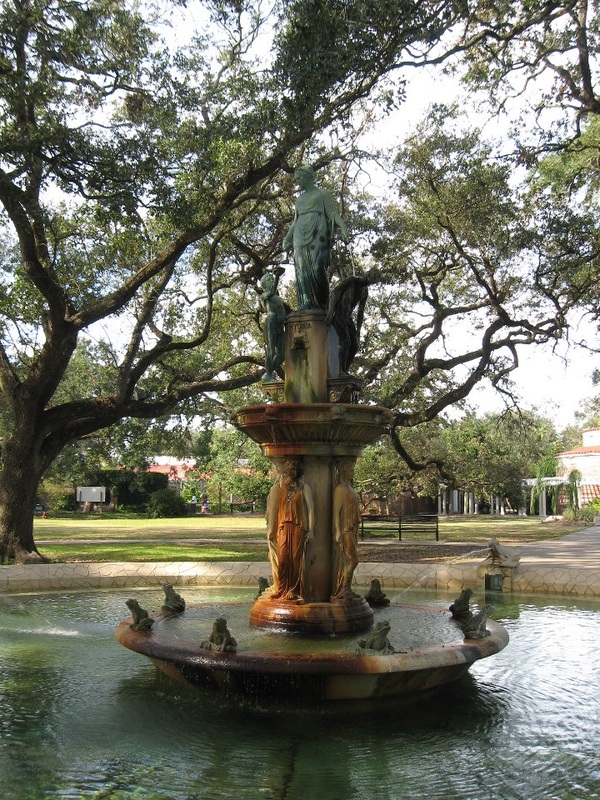
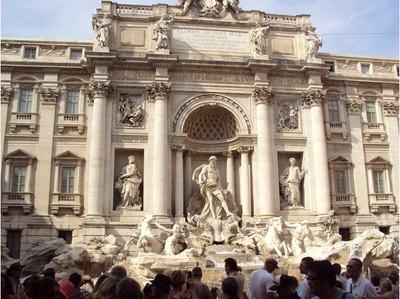
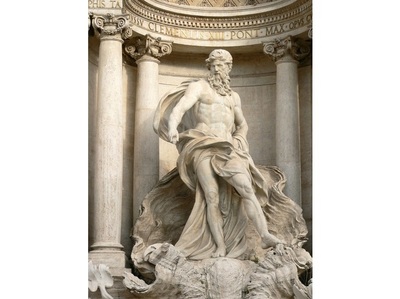
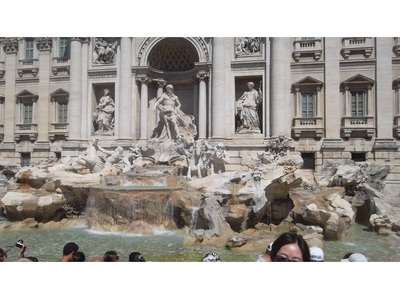
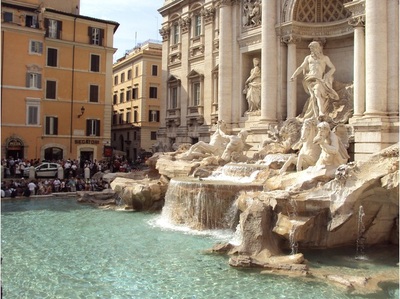
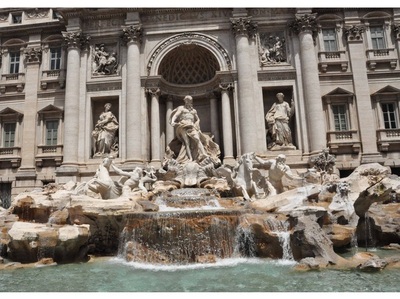
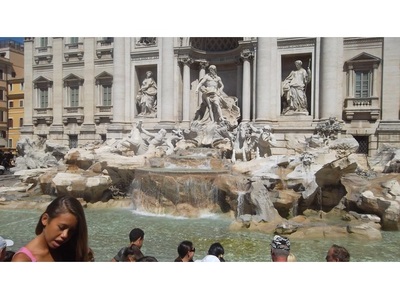
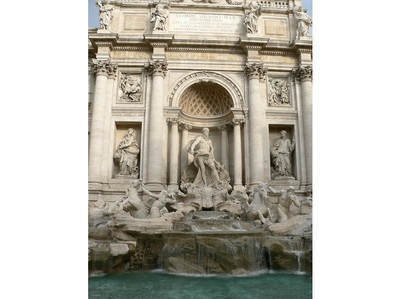
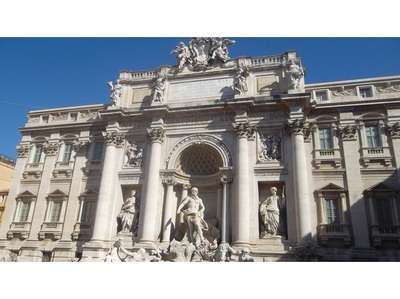
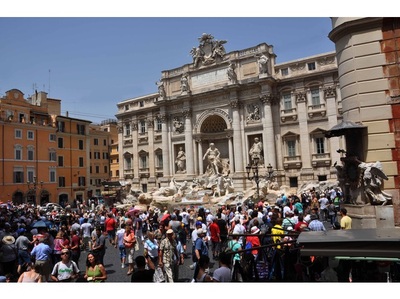
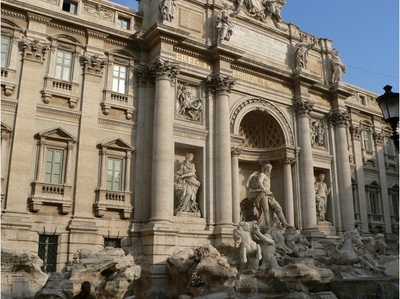
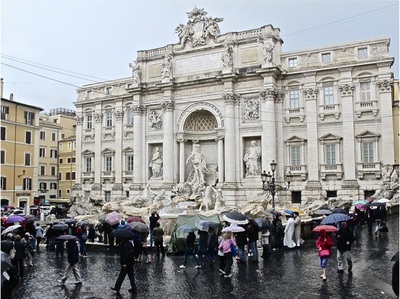
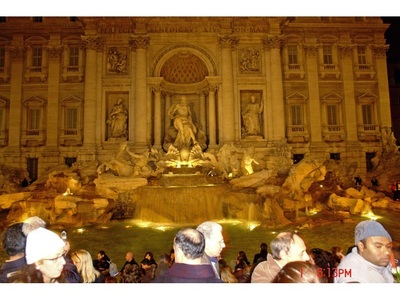
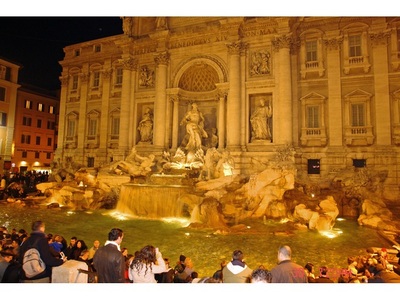
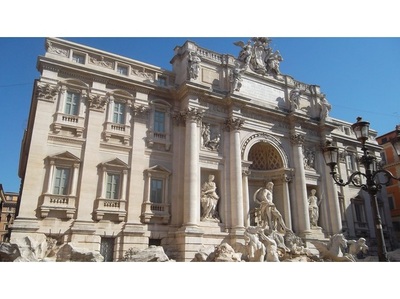
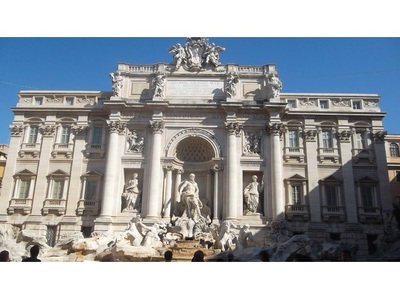
 RSS Feed
RSS Feed

